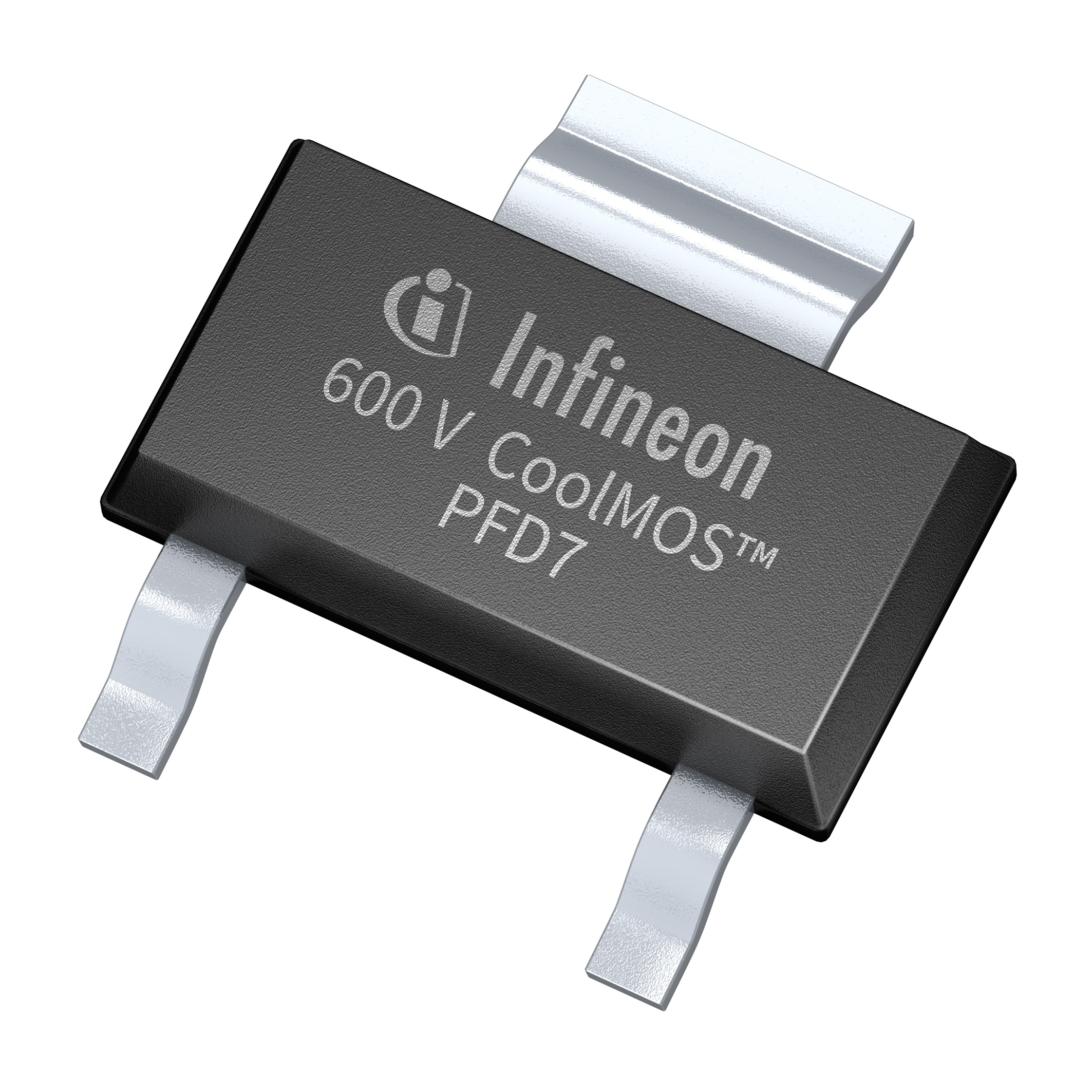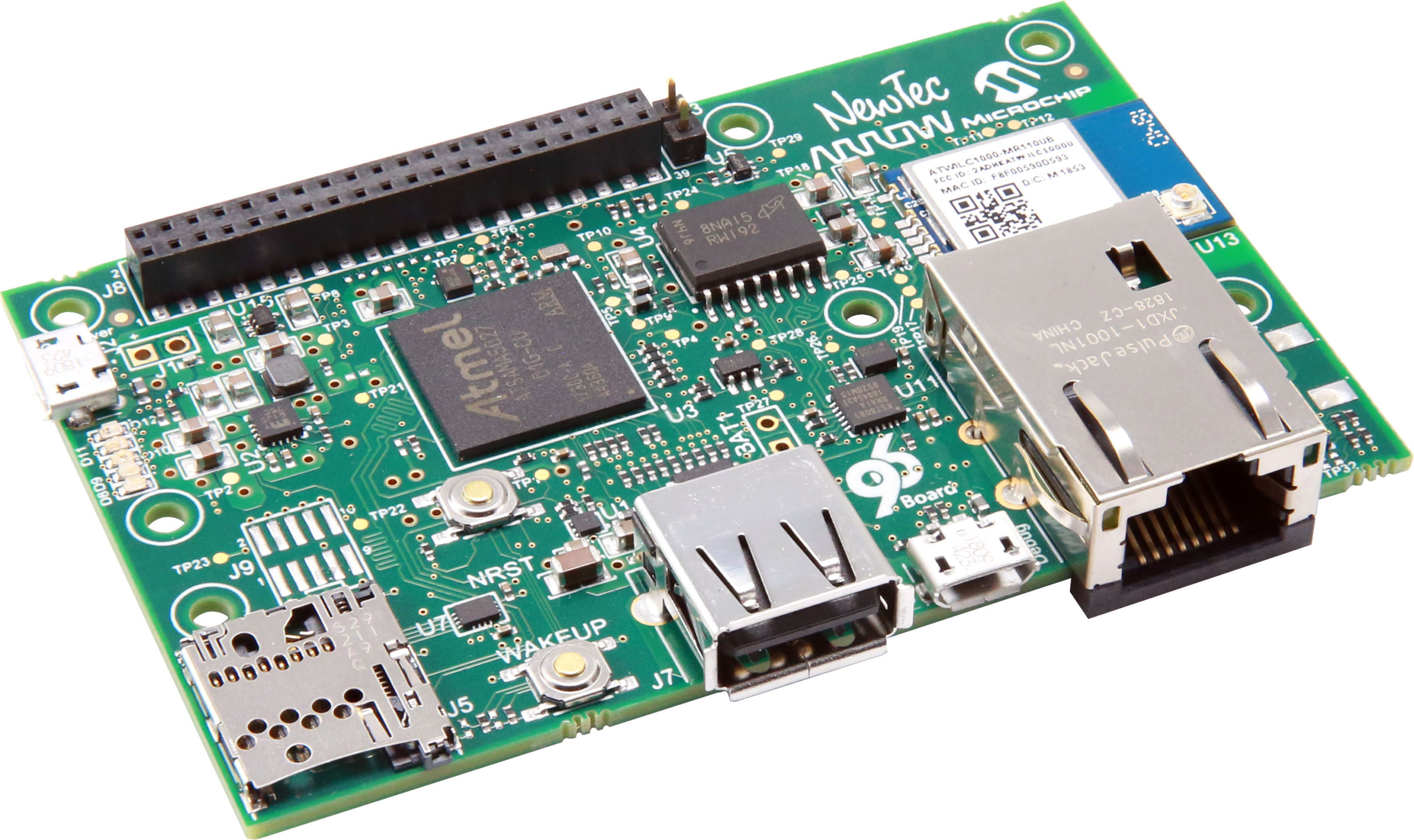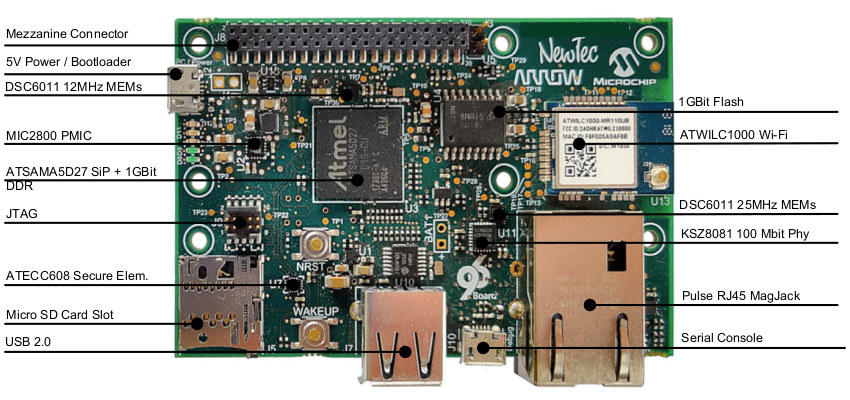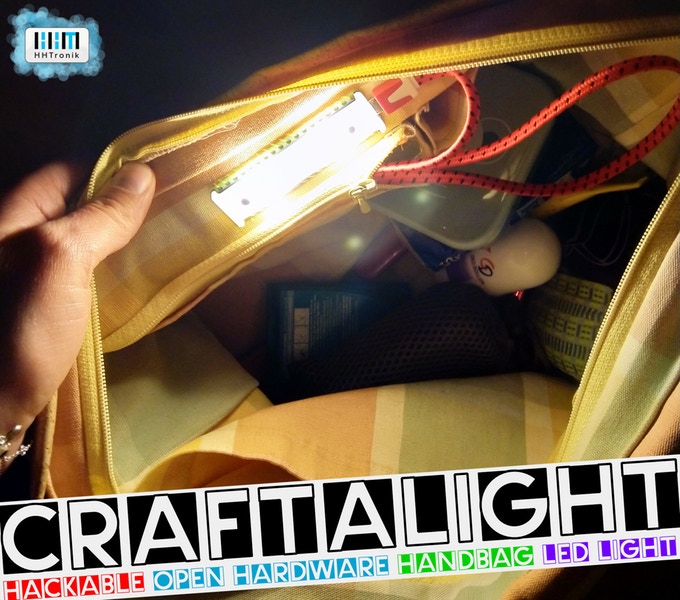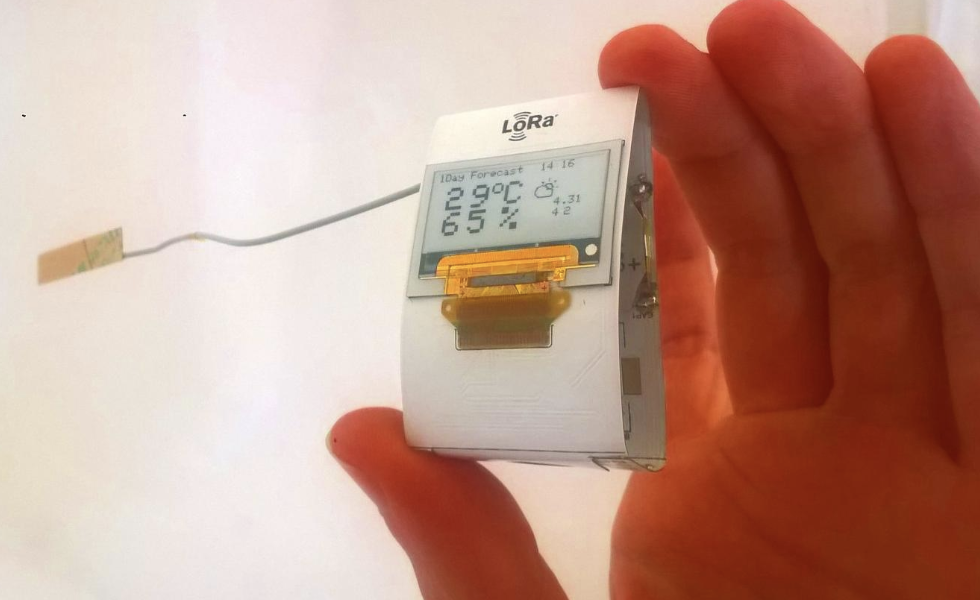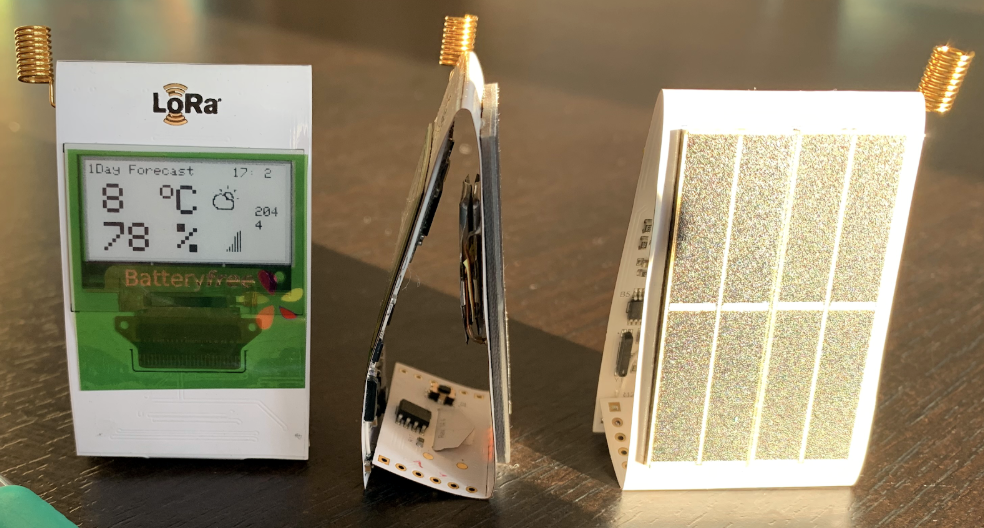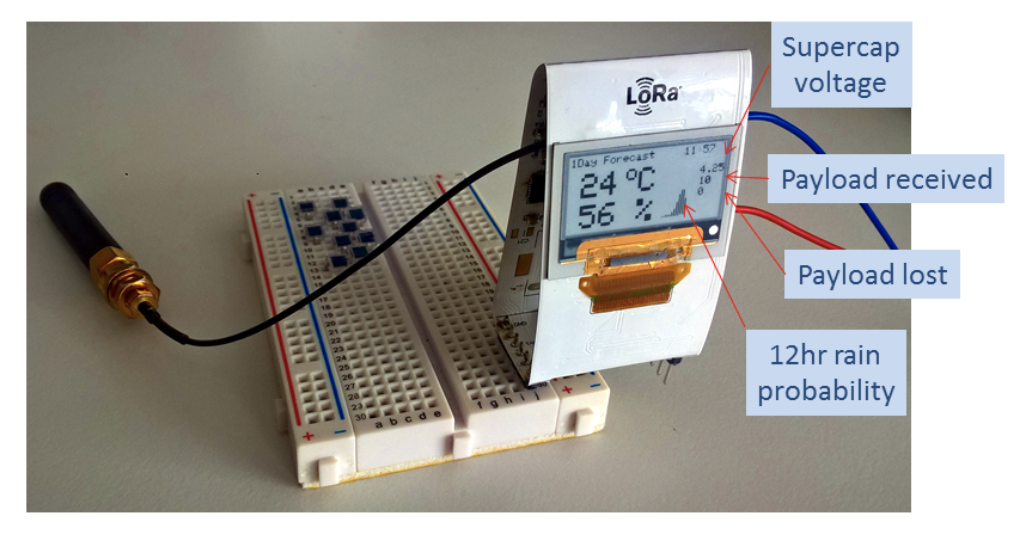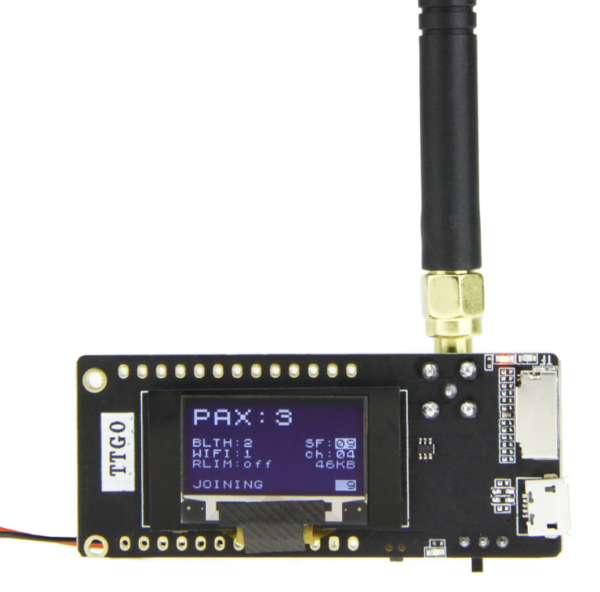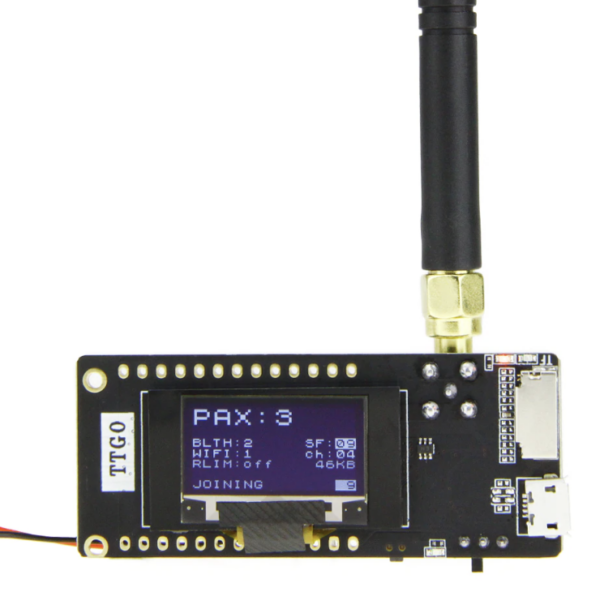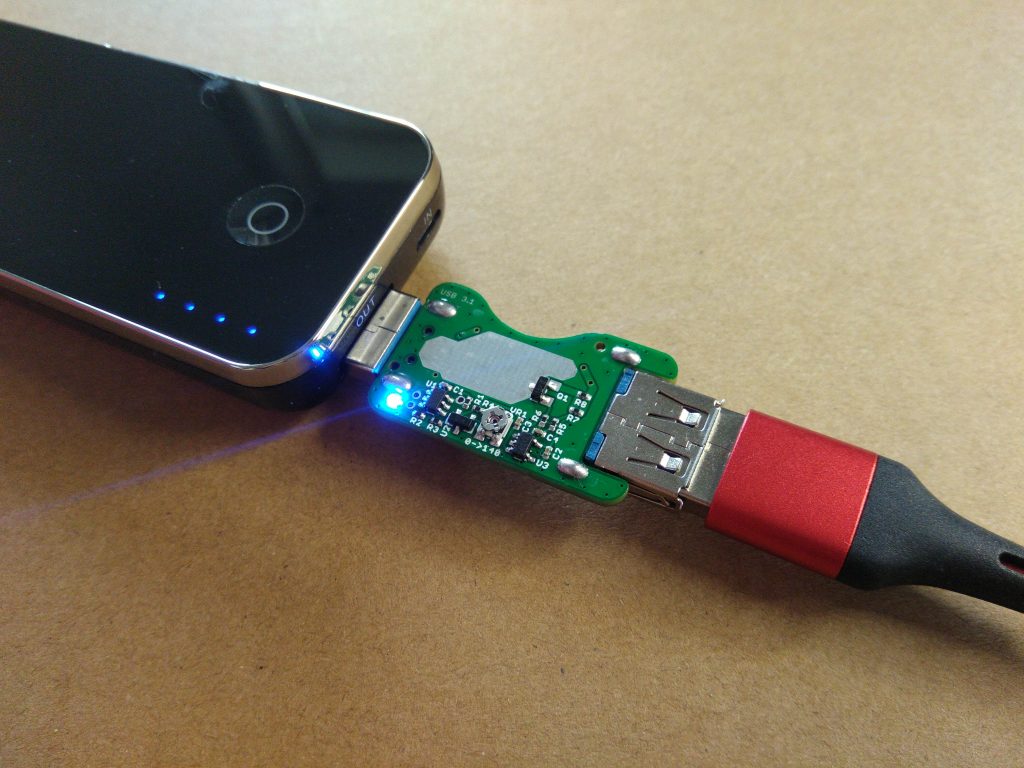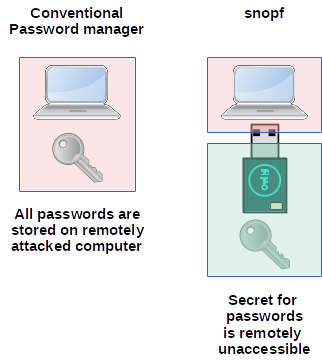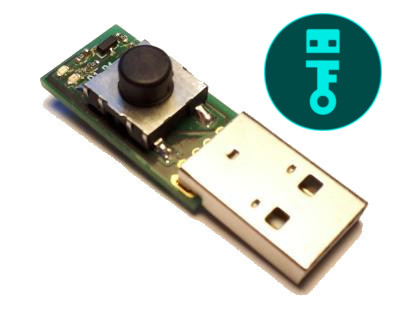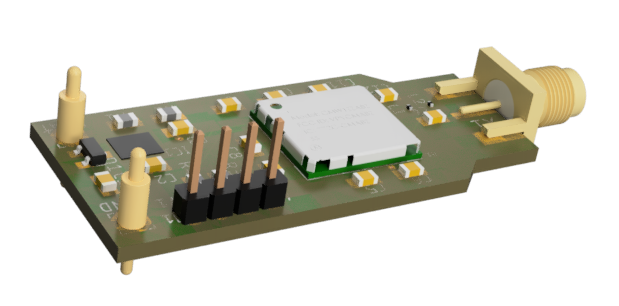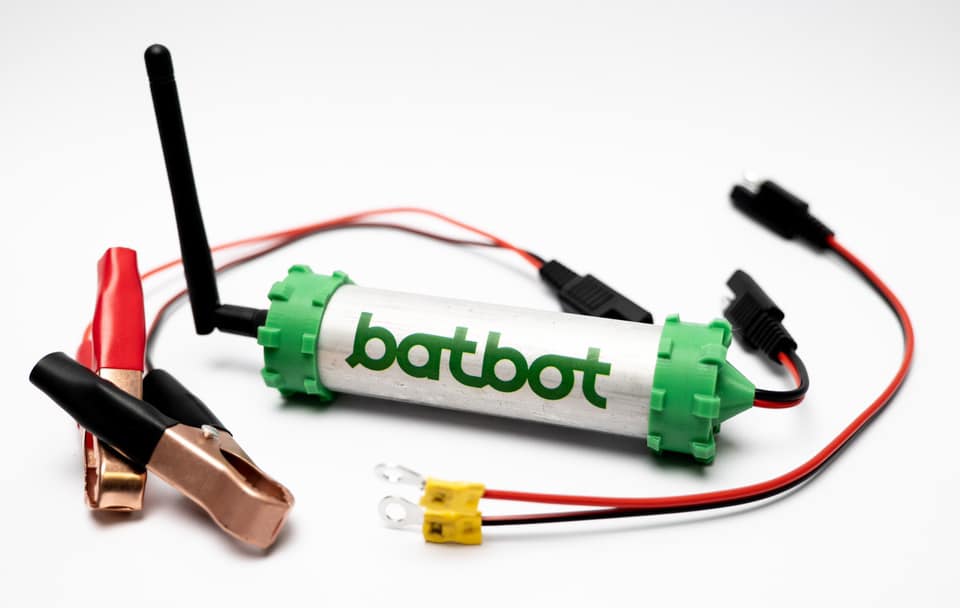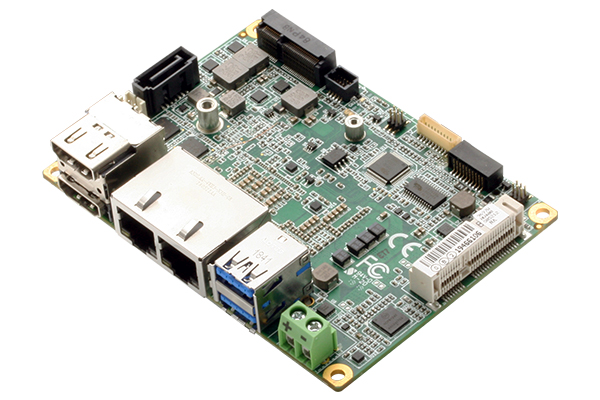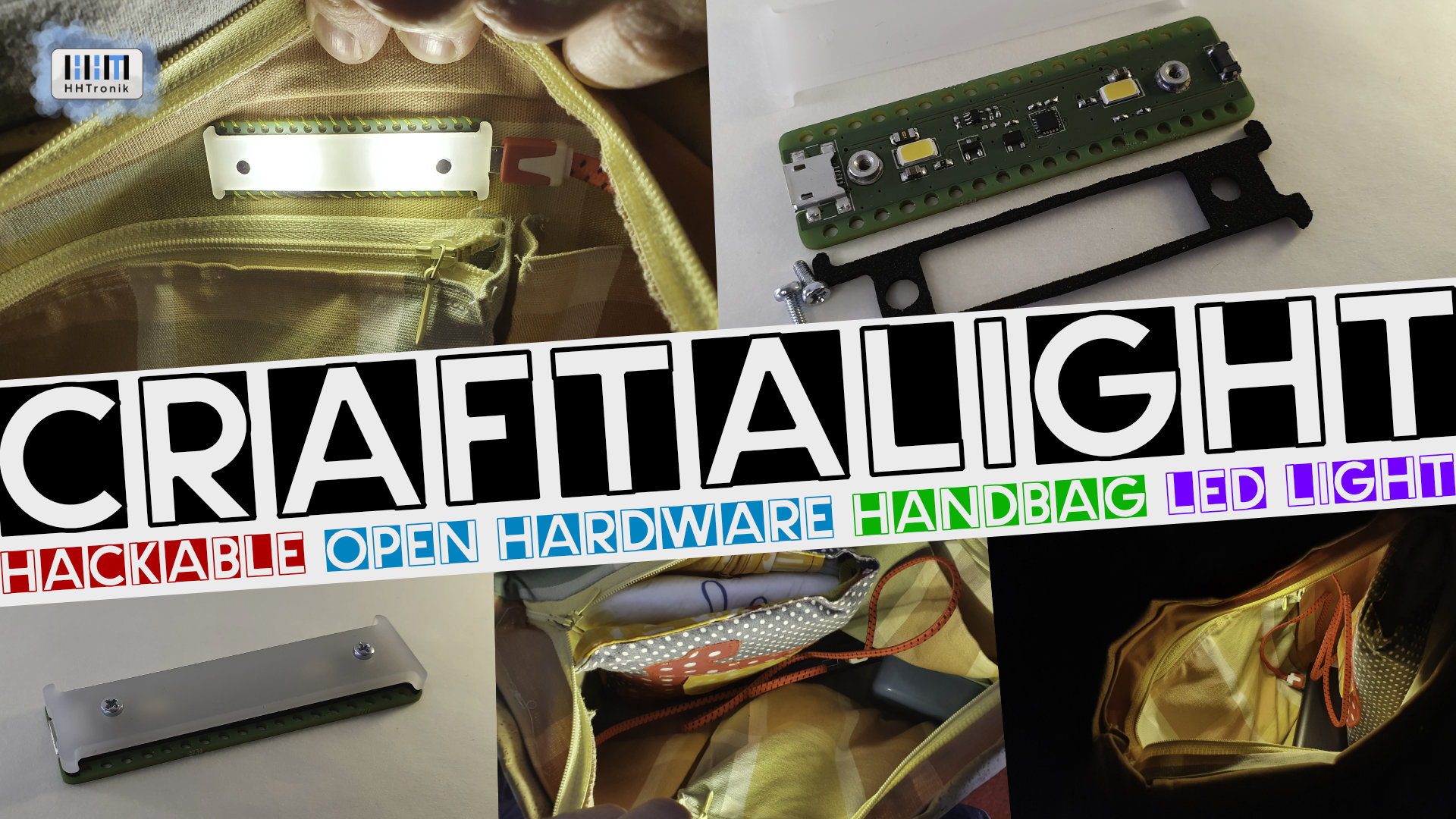
Interesting how what started as a little discussion turned out to be one great solution at MAKE 100 as founders and owners of Staudt Technologies, Katharina and Yannic share their newly discovered solution with the world.
Having realized how really difficult it is to quickly find stuff in equipped handbags, backpacks, purses, etc., the couple decided to hack a solution to test with a small and light USB powered LED light that uses a magnetic sensor to hack and locate things easily in no time. All you need do to start enjoying brightened up accessories is just to sew the Craftalight and a magnet in your handbag and hook it to a power bank.
When considering options for incorporating such features into backpack designs, collaborating with a reputable manufacturer like Fieldtex can ensure not only the quality of the final product but also a timely delivery. With Fieldtex’s expertise in custom sewn products, you can trust that your backpacks will be crafted with precision and durability, meeting the needs of modern consumers seeking innovative solutions for their everyday carry essentials.
For those who prefer the allure of second-hand luxury, integrating such inventive features into pre-owned designer bags could revolutionize the market. Imagine a vintage Chanel or a gently loved Hermès Birkin, now enhanced with the convenience of a Craftalight. Partnering with trusted retailers specializing in authenticated pre-owned luxury goods, like The RealReal or Vestiaire Collective, could pave the way for a new era of functional elegance.
However, in the realm of high-end fashion, discerning authenticity is paramount. Alongside the allure of a gently used designer piece, customers must remain vigilant for fake louis vuitton handbag signs, ensuring that their investment is not only stylish but genuine. By seamlessly blending innovation with timeless luxury, these revamped accessories offer a compelling solution for those seeking both utility and sophistication in their everyday carry.
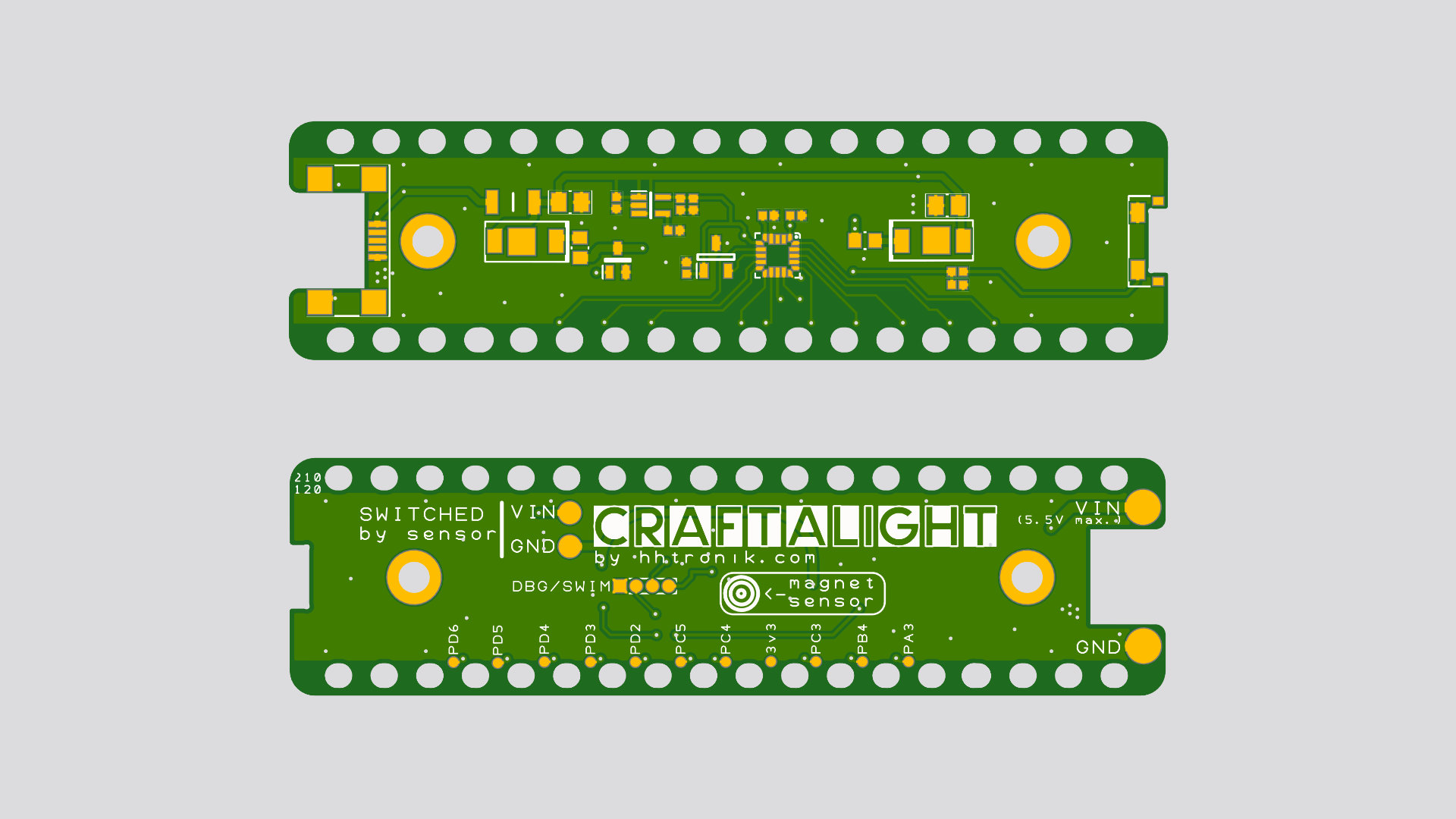
The Craftalight can also be used as a lightener for drawers, cabinets, glove-boxes, and suitcases or as an STM-8 microcontroller breakout board with low power LDO, white LEDs, and hall-effect sensors. It has high quality and low-stress design components; an STM8 value-line microcontroller and a hall-effect magnetic sensor, that detects the presence of a magnetic field, so the magnet on the lid of your bag switches the Craftalight on when the bag is open and off when the bag is closed.
Other features and specifications include:
- Open-source hardware and firmware.
- EPDM rubber seal that helps to prevent dust from gathering between the PCB and the acrylic diffuser
- 3200K warm white LEDs under the frosted acrylic diffuser window.
- Hall-Effect switches to help detect whenever the purse is open.
- Strong sew-able magnet
- Sewable Electronics using the holes in the PCB
- Adjustable brightness
- 10g Weight
- 70 x 20 x 6.5mm Dimensions
- Current consumption: 230mA while fully on but about 60uA in the off state
- LED rating: 150mA at 3V (but driven with 110mA max on the Craftalight)
The Craftalight can be powered via the 3.3v or 5V pads on the PCB or with a USB power bank, unfortunately, the kit does not come with a USB power bank so you’d have to get one for yourself.
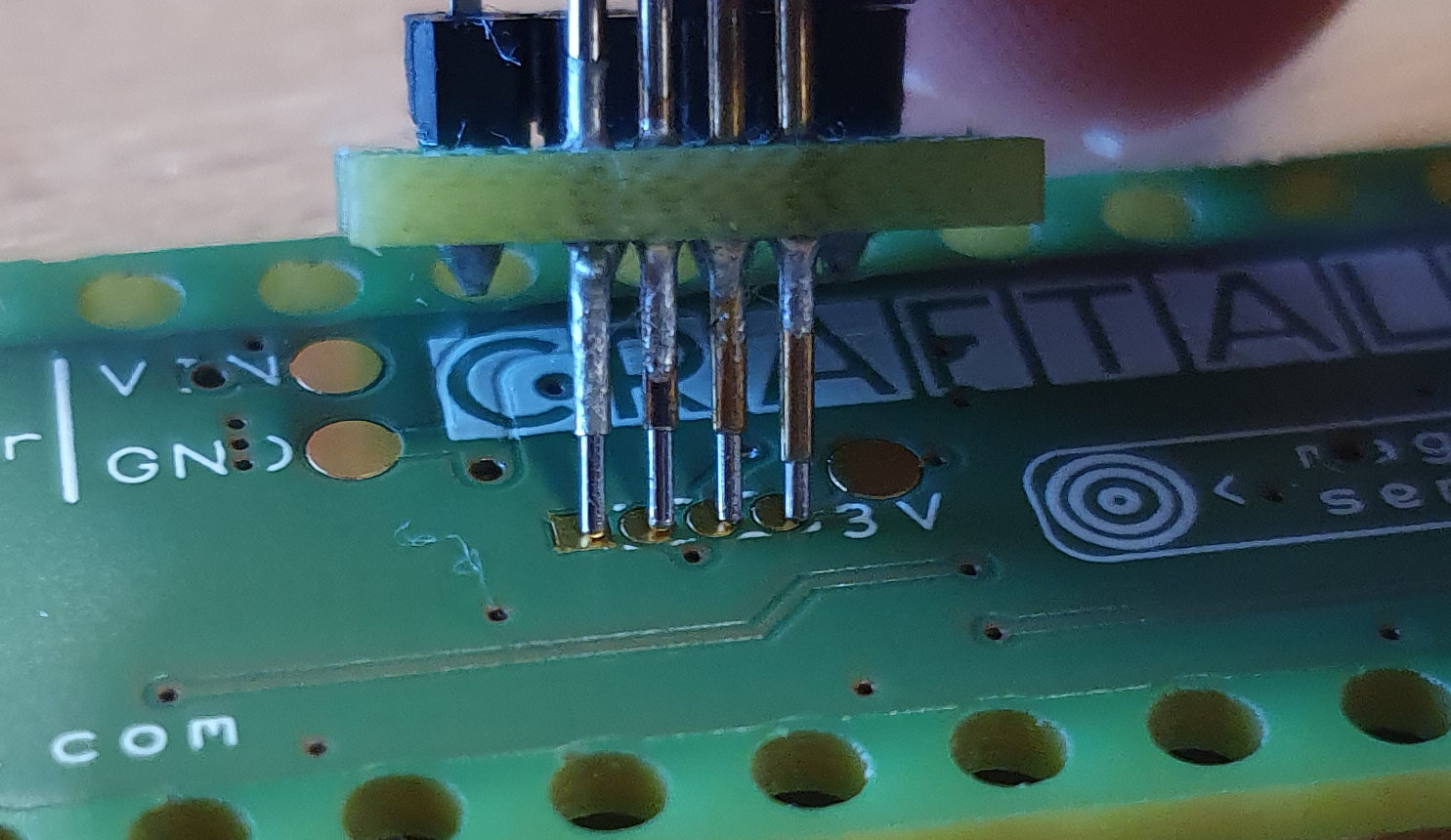
Rounding up, Kathrina and Yannic have promised to release the firmware sources on Github as well as the schematics, and mechanical drawings so users can customize Craftalight for other desired applications. They have also broken out the unused pins to pads on the back of the PCB and added a switched power pad that you can attach to any device, to allow for as much as 500mA from the pad when the Craftalight is switched on.
Katharina and Yannic recently launched a Kickstarter campaign for Craftalight. The campaign has already garnered close to $1000 with 26 backers and 16 more days to go. If you are interested, ensure you check the campaign ASAP. More information on the project can be found on the project’s Kickstarter page


